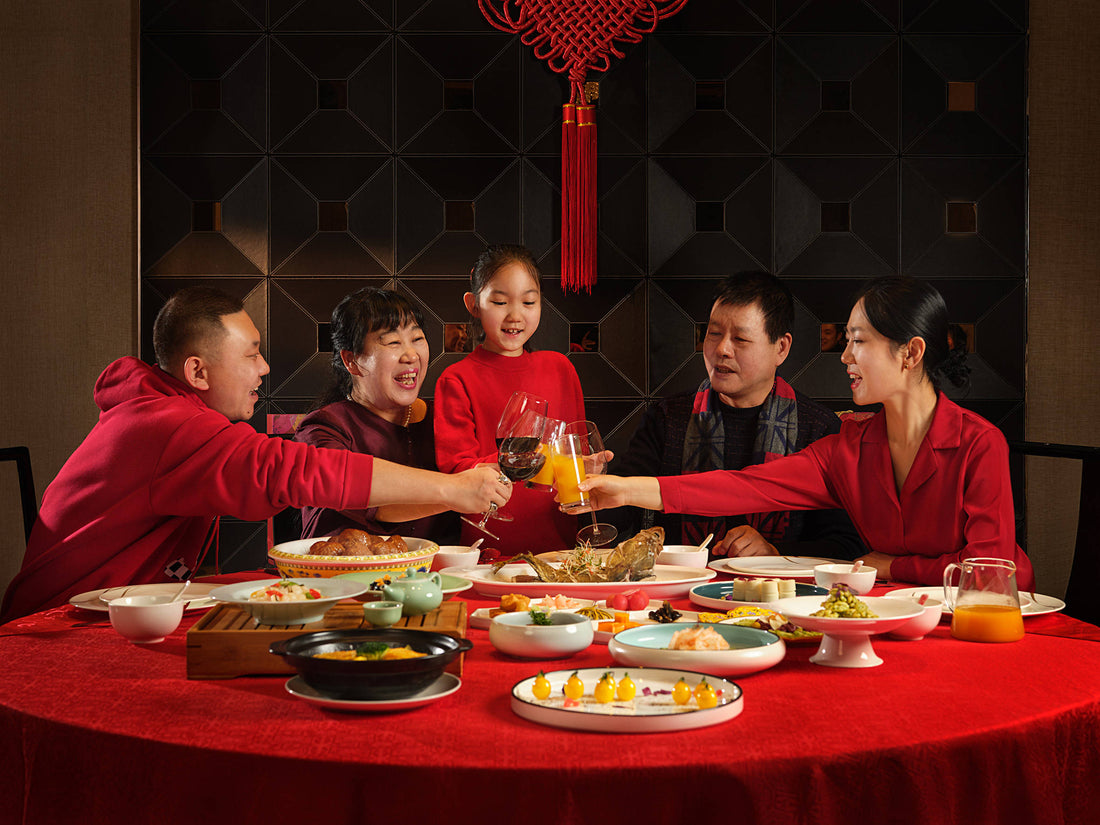
How and When to distribute Red Envelopes(Hongbao)?
Share
Red envelopes, known as hongbao (红包) in Mandarin, are a cherished part of Chinese traditional culture that symbolize good luck, prosperity, and the sharing of blessings. The practice of giving red envelopes is deeply embedded in Chinese society and extends far beyond the festivities of the Spring Festival.

Understanding the various occasions and meanings behind red envelopes offers valuable insight into the cultural fabric of China.
One of the most prominent customs involving red envelopes occurs during the Chinese New Year, where elders give red envelopes to children as a token of good fortune for the upcoming year. This tradition is more than just a monetary gift; it's a way for elders to pass on blessings and express hopes for the younger generation's success and happiness. The red color of the envelope itself is significant in Chinese culture, symbolizing joy, vitality, and warding off evil spirits. The act of giving Chinese New Year red envelopes strengthens family bonds and preserves the continuity of cultural heritage.

Beyond the New Year, red envelopes play a crucial role in significant life events such as weddings, birthdays, promotions, and housewarmings. During weddings, it's customary for guests to present the newlyweds with wedding red envelopes containing money. This gesture conveys best wishes for a prosperous marriage and helps the couple start their new life together. Similarly, when someone celebrates a birthday, especially elders, children and grandchildren offer red envelopes for birthdays as a sign of respect and to wish them longevity. In the case of promotions or moving into a new home, friends and colleagues give red envelopes for promotions or housewarmings to celebrate achievements and encourage continued success. These practices highlight the importance of community support and collective celebration in Chinese culture.

In many festivals and social gatherings, red envelopes also serve as prizes for games and entertainment. Incorporating red envelopes as game prizes adds excitement and a festive atmosphere to events like the Lantern Festival or Mid-Autumn Festival. Participants engage more enthusiastically when there's the prospect of winning a red envelope, even if the monetary value is modest. This tradition fosters social interaction and enjoyment, reinforcing communal ties and shared cultural experiences. The use of hongbao in such contexts exemplifies the versatility and enduring appeal of red envelopes in various aspects of Chinese life.

With the increasing cultural exchange between China and the West, English red envelopes named "Lucky Money" Hongbao have emerged as a modern adaptation of this ancient custom. Overseas Chinese communities and their friends have embraced the practice of giving red envelopes with English greetings and blessings. These overseas Chinese red envelopes serve as a bridge between cultures, allowing those who may not read Chinese characters to participate meaningfully in the tradition. The global spread of red envelopes underscores their universal themes of generosity and goodwill, making them a beloved custom not only among Chinese people but also among those who appreciate and respect Chinese culture.

Today, red envelopes continue to be a vital part of how Chinese people celebrate festivals and significant life events, both domestically and internationally. The tradition of giving hongbao reflects core values such as respect for elders, the importance of family, and the sharing of prosperity. Whether it's elders giving red envelopes to children during the New Year, friends congratulating each other with red envelopes at weddings or promotions, or incorporating red envelopes into festive games, this custom remains a dynamic and integral part of Chinese society. The evolution of red envelopes in Chinese culture demonstrates the adaptability of traditions and their ability to maintain relevance in a changing world.
In conclusion, the red envelope is much more than a decorative packet filled with money; it is a symbol of deep-rooted Chinese traditional customs that emphasize generosity, good fortune, and the strengthening of social bonds. From its use in Chinese New Year red envelopes to wedding red envelopes, and from being a medium in festive games to its modern incarnation as English red envelopes among overseas communities, the red envelope continues to be a significant cultural icon. Its enduring presence in various aspects of life highlights the importance of tradition in fostering unity and mutual support within the Chinese community and beyond.




